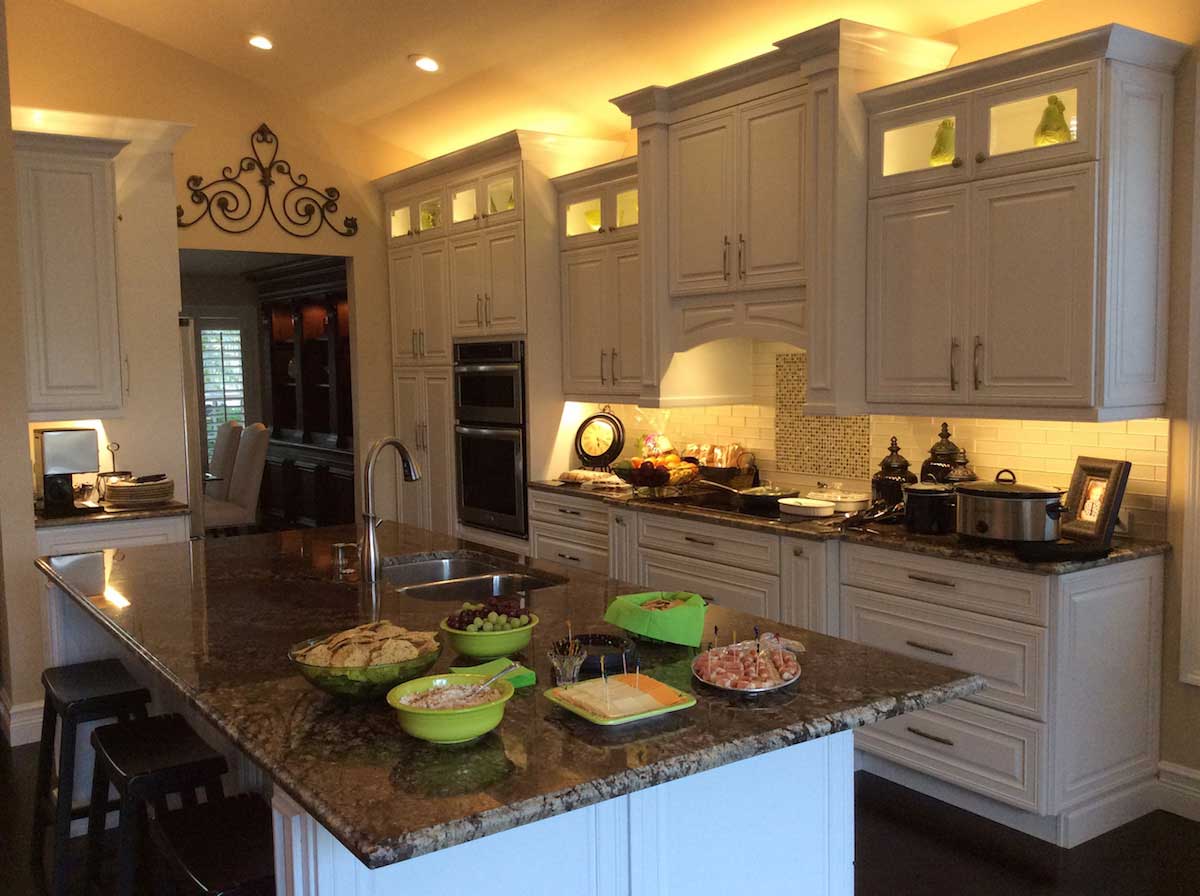Tags
Related Posts
Share This
Visual Light Communication And Customer Engagement
 With the rise of the smartphone and ubiquitous internet connectivity, retailers have found themselves on the hunt for new ways to interact with their guests. One of the most promising of these is LED-based Visual light Communication (VLC), which gives retailers a powerful in-store tool to engage with customers.
With the rise of the smartphone and ubiquitous internet connectivity, retailers have found themselves on the hunt for new ways to interact with their guests. One of the most promising of these is LED-based Visual light Communication (VLC), which gives retailers a powerful in-store tool to engage with customers.
The opportunity to harness the power of VLC (also known as Li-Fi) is another great reason for retailers to make the switch to LEDs. LED technology makes VLC possible because of the extremely fast rate at which the chips can be switched from on to off, and vice versa. This rapid fire switching means LED lighting systems can be modulated with computer chips to convey data at such a fast rate that the human eye won’t even perceive a flicker in the constant white light used to light the store.
The LED lights communicate with the camera lens of mobile devices. Shoppers in the store will opt in to “listen” to the VLC-based communications, supplying the store with extremely accurate location data similar to GPS, but it works indoors and its accuracy rate is within centimeters. The store could then use the data to provide location-based services or personalized content to shoppers as they browse the aisles. The technology could also be used to serve as a navigation device in airports and museums.
Already the Museum of Science in Boston is featuring the first pilot project by ByteLight, a startup that uses LED lighting equipped with chips and software to provide visitor locations and promote interactive learning. The LED system uses VLC to communicate with iPad cameras to create a richer experience, and to provide a fuller breadth of information for the exhibit which pertains to how digital technology is affecting our lives.
While traditional technologies such as signs and arrows have been effective so far in helping people navigate unfamiliar spaces, the truly exciting aspect of VLC is the potential for engagement.
“What is exciting about the potential we’re seeing with indoor technology is around engagement. I think there’s something very interesting about delivering highly relevant digital content that’s targeted to your location,” Dan Ryan, ByteLight’s co-founder, said to Forbes. “Location based gaming, social networking, photos, and augmented reality are all spaces that can benefit from better contextual awareness enabled by ByteLight.”
Walmart has documented that 40% of its customers actively use their smartphones while making purchasing decisions at the store. With VLC, the store could target shoppers with customized specials based on where they’re browsing, as well as use behavioral data from past visits to make sure their visitors leave the store with full shopping carts.
Another way in which stores could customize shopping experiences would be through project-based visits. For example, say a visitor wants to install LED lighting in their home. With VLC, the store could direct the shopper through aisles making sure they find all the products they need to complete their project. The store could then use this opportunity to provide special offers and sell additional products to the customer.
In addition, a study in China found that VLC technology is an effective way to support the visually impaired and help them navigate indoor spaces, which could be applied in both public and private locations.
There are challenges going forward, as VLC technology will require coordination among LED lighting makers, retailers and app developers. However, the potential for increasing profit is there, and as LEDs continue to take over lighting systems around the world, we imagine VLC will become an increasingly common practice in the years to come.
Any questions?
If you’re interested in LED strip lighting, remotes, or dimmers, please stop by our website at flexfireleds.com or give us a call at 1-844-FLEXFIRE (1-844-353-9347) and let’s get going on your project today!










